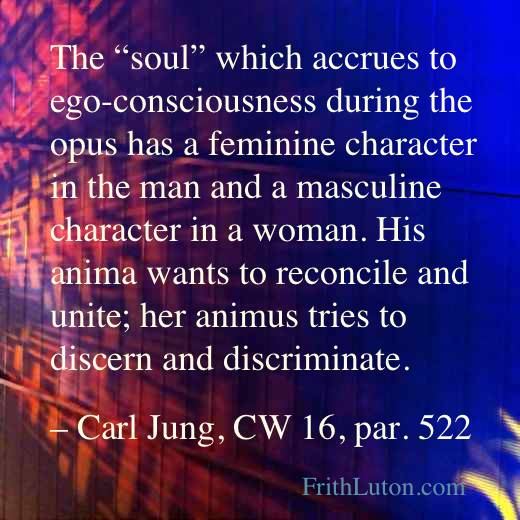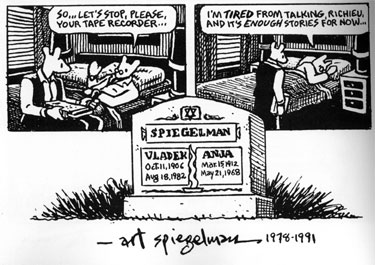Article 1: The Games Children Play by: Nancy Padak and Rasinski
Padak, N., & Rasinski, T. (2008). The Games Children Play. Reading Teacher, 62(4), 363-365.
Description of different word games that children can play to enhance their vocabulary. The writers explain that these are supposed to be for both children and their parents and that parents need to remember to not make the games “should never frustrate the children”, but “light and enjoyable” (Padak, Rasinski 2008) There are actually 12 that are discussed, and some of which sound kind of fun. One of my favorites reminds me of what happens in J.R.R. Tolkein’s The Hobbit. It uses riddles to come to a word conclusion. This does not include “What is in my pocket?” The article concludes with the idea and research to back their idea that game play is more effective in teaching children than just helping kids with their homework. According to their sources, game play makes children and parents active learners.
Article 2
Promoting Language Arts: Through Vocabulary Development with Internet Resources in the Elementary Classroom by Edward J. Lazaros
Lazaros, E. J. (2012). promoting language arts through vocabulary development with internet resources in the elementary classroom. Children's Technology & Engineering, 17(1), 10-13
The basis of this article was just an overview as to how the Internet can be used as a resource to help children improve their language arts skills. Using the research based on Jalongo and Sobolak, the author breaks down how the Internet is not a hindrance on children’s learning, but if pointed towards the right direction and the right sources, it can be a very big help when it comes to learning. He makes the argument that the more actively engaged in the learning process a child is, the more they will retain and the better they will do in the classroom. He also gives free resources and explains that as children are growing up in the technology era, they need to be able to use it and utilize it in their world. He concludes with how these sources can be incorporated throughout a child’s learning process and in the classroom. Basically, teachers need to embrace children learning through technology, not shun it.
Article 3: Teaching Tips: Using Theater Games to Enhance Language Arts Learning by Sharon Fennesey
Fennessey, S. (2006). Using theater games to enhance language arts learning. Reading Teacher, 59(7), 688-691. doi:10.1598/RT.59.7.7
Using her own research to support her thesis, Fennesey (2006) states, “From my viewpoint, drama is a time for my students to enrich their language arts learning in an exciting and pleasurable way.” She goes through five different dramatic games that all help to enhance children’s way of speaking. It enhances their learning and it can be really fun. It’s learning through art.
Article 4: Games, Gamers and Gaming: Games and Writing by Liz Danforth
Danforth, L. (2009). Games and Writing. Library Journal, 134(17), 54.
This article basis the idea that gamers are not unimaginative drones that just "hang out" and play video games all day. Quite frankly, it challenges the idea and makes the argument that instead of letting these notions take over, it makes more sense to try and open the worlds that gamers experience so that their skills also improve. Using the idea of Fanfiction to create stories that people actually want to write about versus what they have to write about. This allows for students to write about what they care about, teachers something to critique and look at their students' creativity and it also lessens boredom (at least, it should).
Article 5: Fighting Baddies and Collecting Bananas: Teachers' Perceptions of Games-Based Literacy Learning
Gerber, H. R., & Price, D. P. (2013). Fighting baddies and
collecting bananas: Teachers’ perceptions of games-based literacy
learning.
Educational Media International,
50(1), 51-62. doi:10.1080/09523987.2013.777182
This is an overview as to how learning for children has changed with the integration of video games. Out of all of the participants (who were masters and doctoral students who were employed as school teachers) only two considered themselves "gamers" and the study focused on what teachers perceived to be the best way to possibly integrate virtual and video based games into their classrooms. The participants then discussed possible difficulties in involving games into their classrooms. These difficulties included funds, classical writings no longer being a part of the curriculum, and a resistance to change amongst staff members. All in all, a dry read, but it points out the uncommon challenges being faced in a technological world versus the traditional one.
Article 6: FunBrain Language Arts Games
Mandell, P., & Minkel, W. (2004). FunBrain Language Arts Games.
School Library Journal,
50(6), 61.
This is just an overview of games currently available for teachers and students alike. They seem fun enough and the article breaks them down by grade ranking. However, I find that they are lacking in something that makes kids/teens want to play them.
Overall, these articles are all insightful. I think I may now have a better understanding as to where and how to make an educational game better and more suited for people that makes them want to learn and want to play. There are several factors that need to be assessed, and I can't wait to see what is going to happen.









